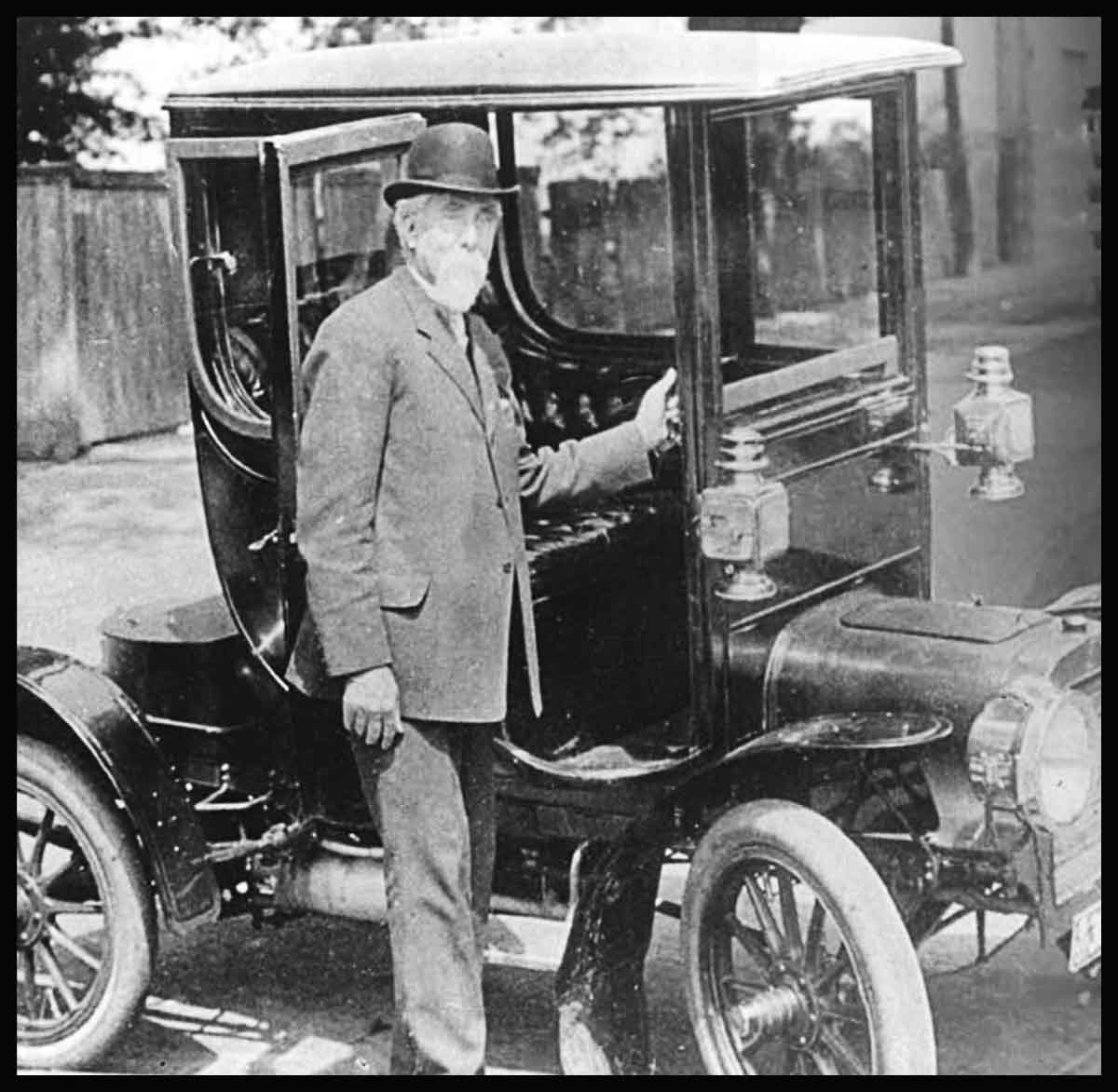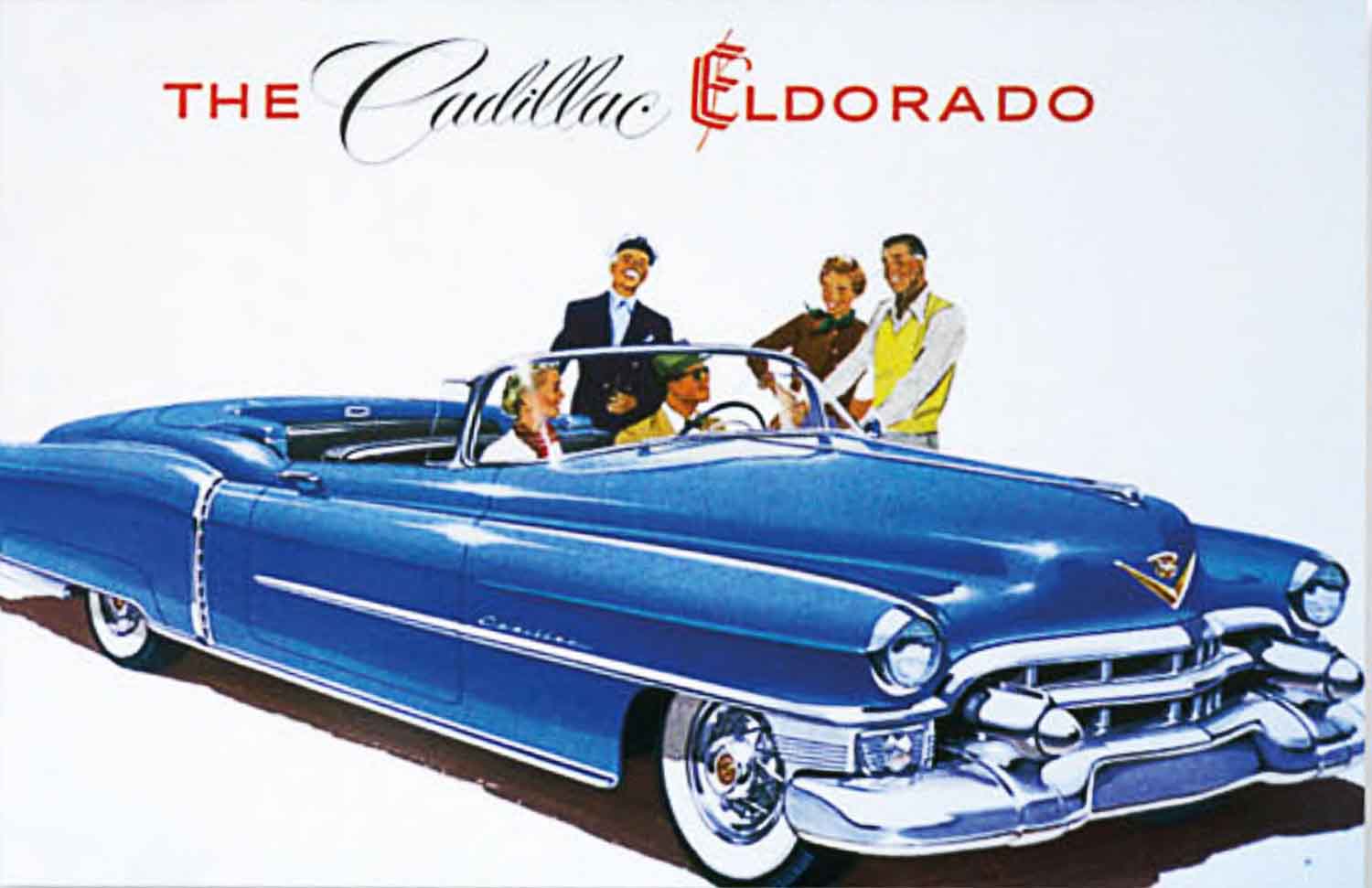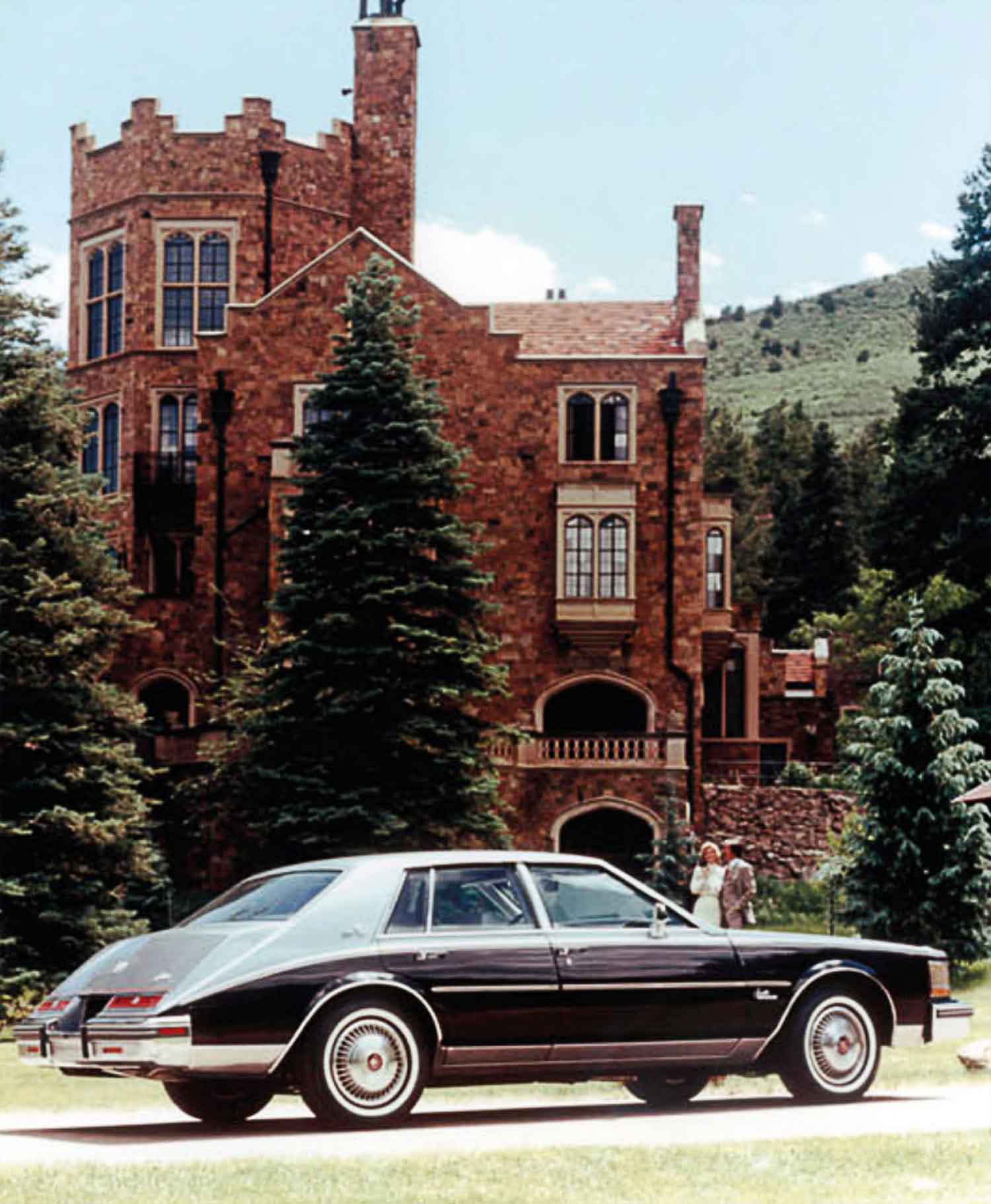
Great Marques—The Cadillac Story
The classic car period of 1940-1990 is the era when the Cadillac name stood for luxury, style, and power in imposingly large packages. Henry M. Leland started the company in 1902, and Cadillac became notable for its ability to manufacture high-quality cars on a large scale.
“Long as I was riding in a big Cadillac and dressed nice and had plenty of food, that’s all I cared about.”
ETTA JAMES, NME MAGAZINE, 1978
HENRY M. LELAND WAS ALREADY a veteran of the auto industry and an experienced inventor when he founded Cadillac—named after the 18th-century founder of Detroit, Antoine de la Mothe Cadillac. The initial Model A actually used an Oldsmobile engine design in a Ford-derived chassis, but it was the four-cylinder Model D three years later that propelled the marque, briefly, into the position of the world’s third largest car-maker.

The first Eldorado of 1953 was a limited edition to promote Cadillac’s design leadership; just 532 were built.
In 1909, Cadillac was taken over by General Motors (GM), and continued to innovate with the first across-the-board use of electric starters a complete game-changer for the marque. The V8 models were soon offered in a wide range of body styles, and in 1930 Cadillac became the first (and so far the only) manufacturer that offered V8, V12, and V16 models concurrently; meanwhile, for balance, in 1927 it also introduced the cheaper LaSalle brand, although that was axed in 1940.
During the 1930s the name Fleetwood (after a Pennsylvania coach-builder) was used to denote top-range Cadillacs, and the influence of youthful GM styling chief and former custom-car wizard Harley Earl began to shine through in the urbane modernity of the typical Cadillac. The 1938 Cadillac 60 Special had strikingly smooth, modern styling by another young designer. Bill Mitchell, who would head-up the Cadillac styling studio on Earl’s retirement in 1958.

The rear fins and overall proportions of the ’59 Cadillac still astound for their sheer extravagance.
Car production continued until 1942, when the marque built the first cars to offer air conditioning, and only the second with automatic transmission. Cadillac then pitched in with the war effort by making tanks, staff cars, and aircraft engine parts. Production of civilian cars resumed in 1945, and in 1948 a new generation of cars featured tailfins inspired by the P38 Lightning fighter. The first Cadillac overhead-valve V8 arrived in 1949—the year the marque’s millionth car was sold—enabling American driver, Briggs Cunningham, to take tenth place at Le Mans in 1950; a Cadillac-powered Allard came third. Every Cadillac featured automatic transmission after 1950. Power steering was added in 1954, at the same time as a wraparound windscreen. In 1957 the high-tech Eldorado Brougham came with air suspension and electric memory seats as standard, plus a built-in bottle of Arpège perfume.
The ’59 Cadillac range sported the tallest tailfins ever to be seen on a car, and became an instant pop culture icon, but after that the cars were toned down significatly. In 1967 Cadillac’s remarkable new Eldorado coupe boasted front-wheel drive and a huge 7-liter, V8 developing 440 bhp. Its capacity increased to a massive 8.2 liters by 1970.
Cadillac’s new generation of cars in 1975 included the comparatively compact new Seville, and they could all now take unleaded petrol. The car gained a controversial V8 diesel option in 1978, and retro styling inspired by classic Rolls-Royce limousines in 1980.

The retro-style tail feature was a key design tenet for this Seville. An important departure for Cadillac was to offer this model with a diesel, V8 engine.
In stark contrast, and in the eye of a deep recession, the Cimarron of 1981 had a 1.9-liter four-cylinder engine, and also included Cadillac’s first manual transmission for more than 30 years. Once prosperity returned in 1986, the marque its Allanté luxury two-seater, a showcase for its all-new, 32-valve, aluminum Northstar V8 engine, with bodywork designed and built by Pininfarina in Italy.
In 1996 Cadillac decided to stop building enormous saloon cars, while electing to sell European-size saloons—an experiment that failed. A renaissance began in 1998 when the marque launched its first sport-utility vehicle, the Escalade, and the sharply styled CTS compact saloon of 2002 was, finally, a genuine match for some of Europe’s executive sports saloons. The 2006 Cadillac BLS sold slowly in Europe, its intended market, but the STS mid-size saloon (2005), full-size DTS (2006), and second-generation CTS (2008) models all did well in the US. In 2009, Cadillac survived GM’s brush with insolvency, and its range of imposing luxury cars is now popular in China as well as in America.
It is a quote. The Classic Car Book – The Definitive Visual History 2016




